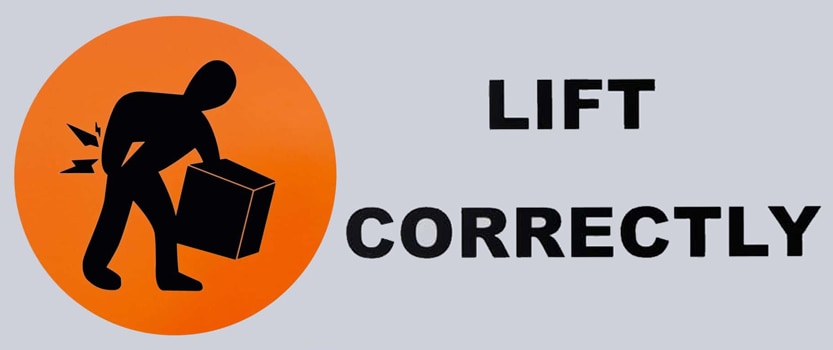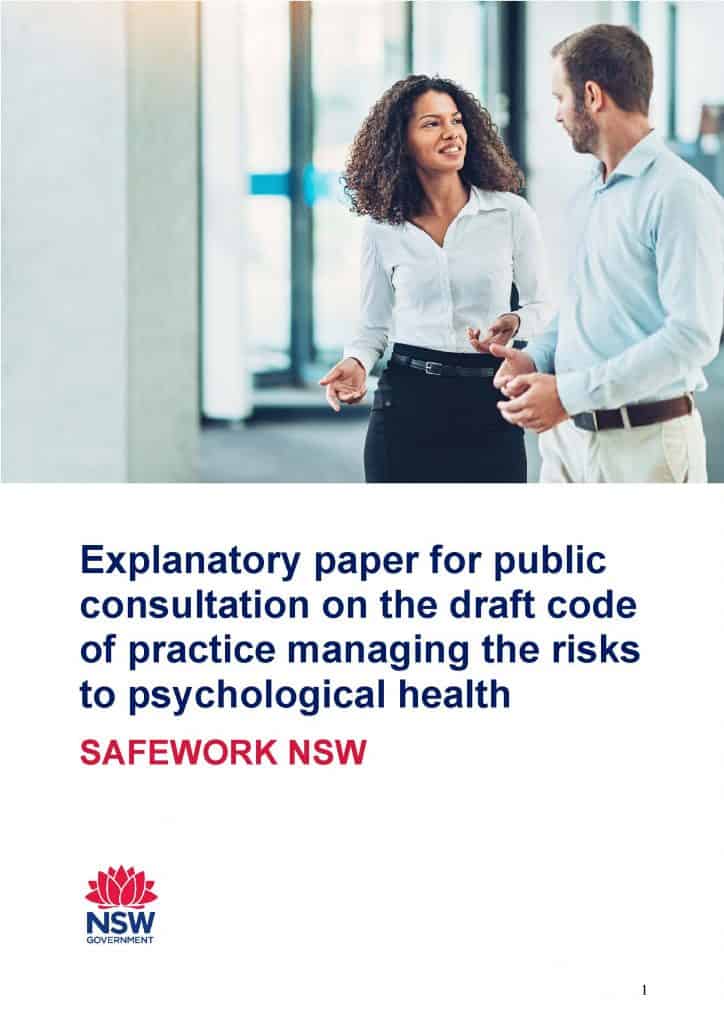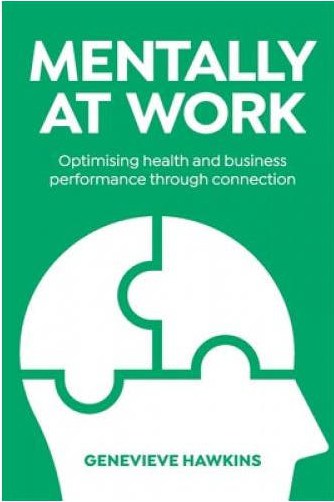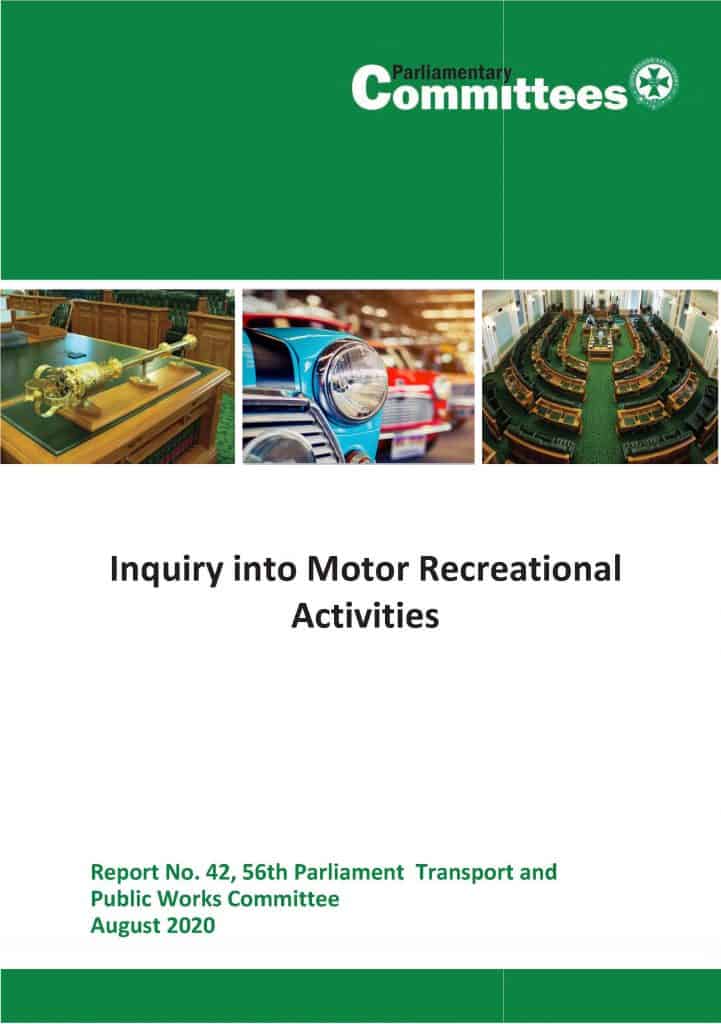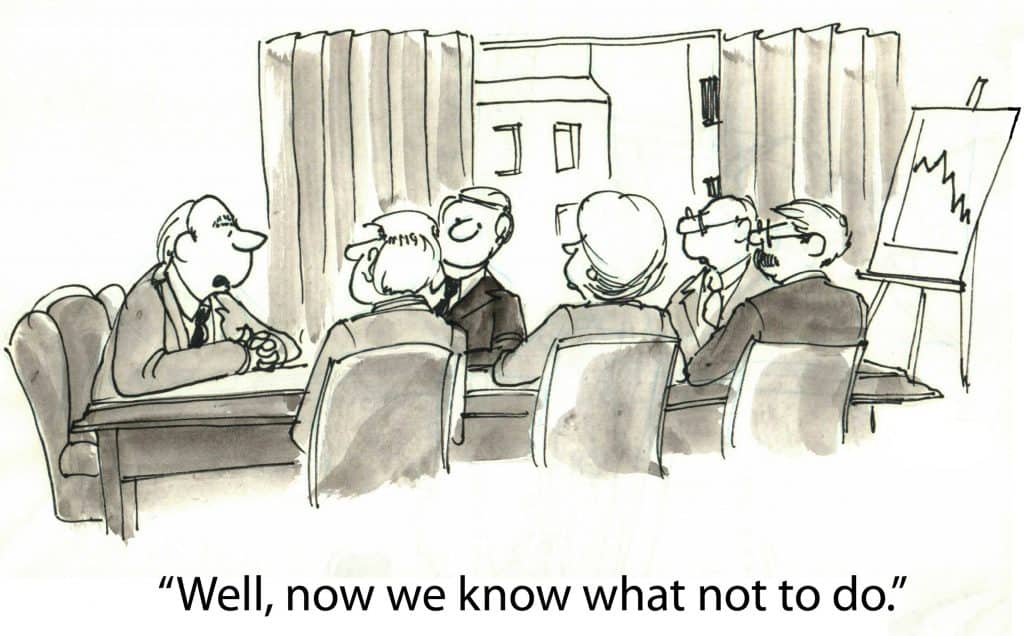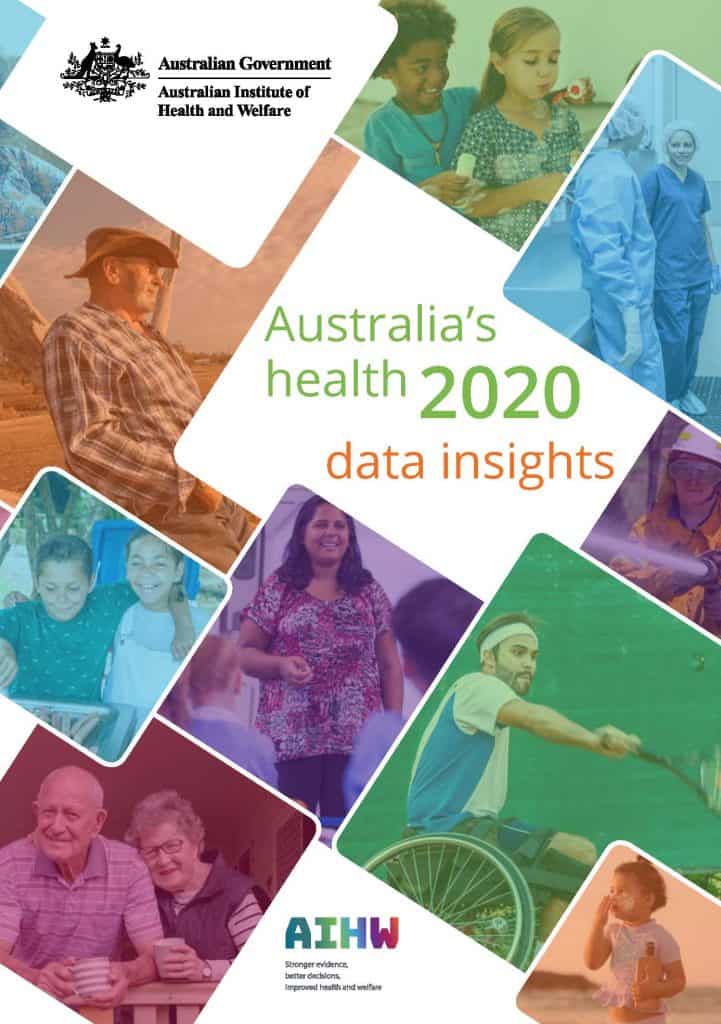In 2017 Work Health and Safety Queensland (WHSQ) released this advice about reducing the physical risks associated with manual handling:
“The research evidence shows that providing lifting technique training is not effective in minimising the risk of injury from manual tasks.”
So why is “correct lifting technique” still being included in safety procedures and Safe Work Method Statements (SWMS) three years later?

